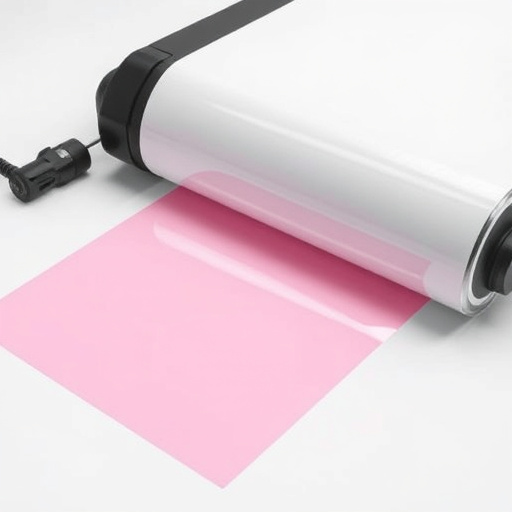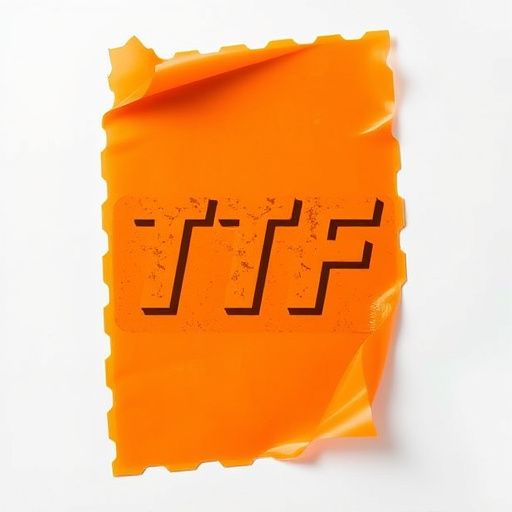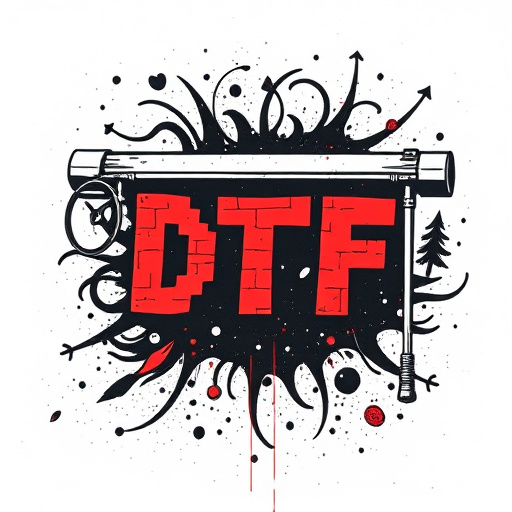Mastering Direct to Film (DTF) transfers requires optimizing digital files, precise plate prep, and controlling curing variables for high detail and color accuracy. Standardized protocols ensure consistency by outlining image resolution, color profiles, and ink types, improving communication, production efficiency, and quality control. Regular auditing identifies areas for improvement and maintains superior High Quality DTF Transfers, staying current with industry advancements.
Ensuring consistency in high quality DTF (Direct to Film) transfers is paramount for achieving flawless visual results. This article guides you through three essential steps: understanding intricate DTF transfer processes, implementing standardized protocols across your workflow, and conducting regular audits with iterative refinements. By adhering to these practices, you’ll maintain superior image integrity and consistency, enhancing the overall quality of your DTF transfers.
- Understand DTF Transfer Processes
- Implement Standardized Protocols
- Regularly Audit and Refine Procedures
Understand DTF Transfer Processes
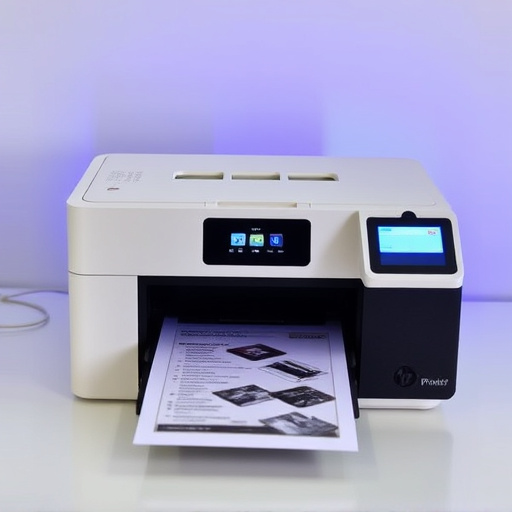
Understanding the DTF transfer process is key to achieving high-quality results. Direct to film (DTF) printing involves a precise and intricate series of steps, from preparing the design to applying it onto various materials. This technology enables the creation of personalized, vibrant hoodies and t-shirts with remarkable detail and accuracy. The process begins with the digital file, which is optimized for DTF printing, ensuring optimal color reproduction and sharpness.
Each stage, from plate preparation to curing, requires careful attention to maintain consistency. Printers must calibrate their machines accurately and use high-quality inks to deliver exceptional outcomes. By controlling variables such as temperature, pressure, and exposure time, professionals can guarantee that the final product meets the desired standards, whether for custom apparel or other DTF printing applications.
Implement Standardized Protocols
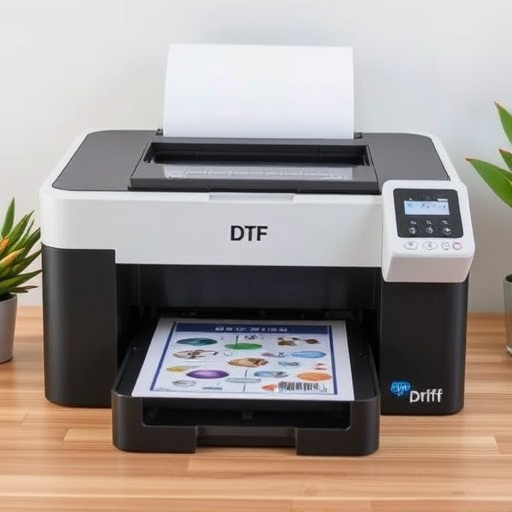
To maintain consistency in high quality DTF transfers, implementing standardized protocols is paramount. These protocols should encompass every step of the process, from file preparation to printing and curing. By establishing clear guidelines for image resolution, color profiles, and ink types, you ensure that each transfer adheres to the same rigorous standards. Standardization also facilitates communication among team members, streamlining production and reducing errors.
Moreover, adopting standardized protocols allows for easy scalability and quality control. When producing items like direct to film personalized hoodies or other DTF transfer films, consistency is key to meeting customer expectations. By adhering to these protocols, you can guarantee that every product leaves your facility with the same exceptional finish, enhancing brand reputation and fostering customer loyalty.
Regularly Audit and Refine Procedures
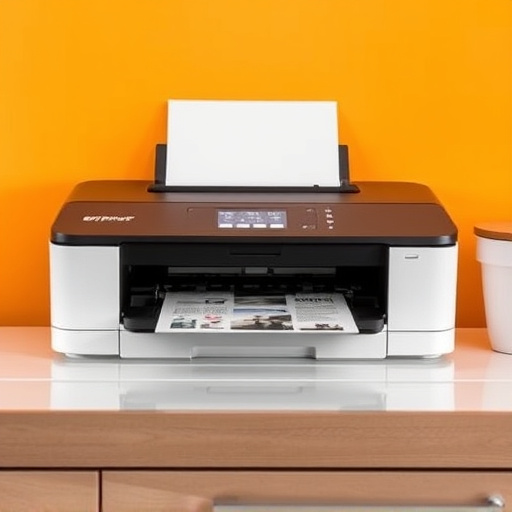
Regularly auditing and refining your procedures is paramount to maintaining consistency in high-quality DTF (Direct to Fabric) transfers. This involves continually evaluating every step of your transfer process, from file preparation to printing and application. By regularly assessing these stages, you can identify areas where improvements or adjustments are needed. For instance, examining the settings and profiles used for dtf printing can reveal optimizations that enhance image clarity and color accuracy.
Additionally, keeping up with industry best practices for logos DFT for clothing brands ensures your transfers remain superior. This includes staying informed about advancements in DTF technology, new materials, and innovative techniques. Regular audits allow you to adapt these developments into your workflow, ensuring your high-quality standards are met or exceeded.
Ensuring consistency in high quality DTF transfers requires a multifaceted approach. By understanding the intricacies of DTF transfer processes, implementing standardized protocols across all stages, and regularly auditing and refining procedures, organizations can achieve reliable outcomes. These practices not only maintain data integrity but also streamline workflows, enhancing overall efficiency and promoting consistent excellence in DTF transfers.

